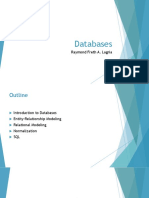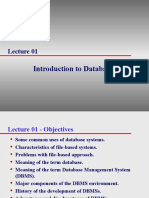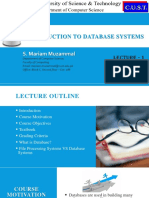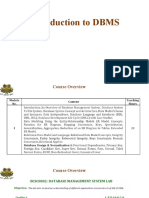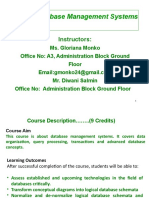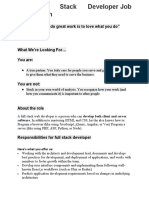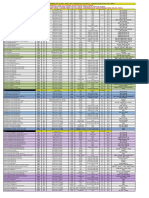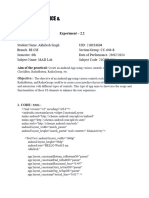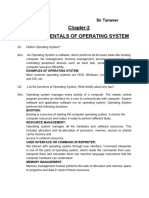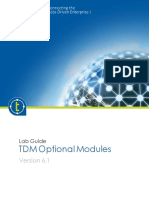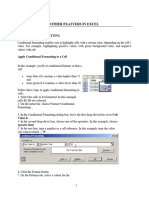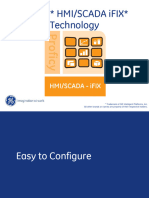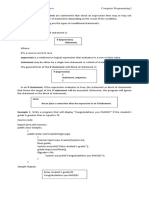0% found this document useful (0 votes)
42 views42 pagesDatabase Systems for Beginners
This document outlines the syllabus for the COM1302 Database Management Systems course. It includes topics such as basic database concepts, relational integrity rules, relational algebra, database design, relational systems, and physical database implementation using MySQL. Students will complete in-class assignments, a MySQL practical assignment, a group project, and a final exam. The first lecture will cover data, information, and processing; types of databases; problems with file-based systems; the history of databases; database models; and common database uses.
Uploaded by
savindu dharmarathnaCopyright
© © All Rights Reserved
We take content rights seriously. If you suspect this is your content, claim it here.
Available Formats
Download as PPTX, PDF, TXT or read online on Scribd
0% found this document useful (0 votes)
42 views42 pagesDatabase Systems for Beginners
This document outlines the syllabus for the COM1302 Database Management Systems course. It includes topics such as basic database concepts, relational integrity rules, relational algebra, database design, relational systems, and physical database implementation using MySQL. Students will complete in-class assignments, a MySQL practical assignment, a group project, and a final exam. The first lecture will cover data, information, and processing; types of databases; problems with file-based systems; the history of databases; database models; and common database uses.
Uploaded by
savindu dharmarathnaCopyright
© © All Rights Reserved
We take content rights seriously. If you suspect this is your content, claim it here.
Available Formats
Download as PPTX, PDF, TXT or read online on Scribd
/ 42





